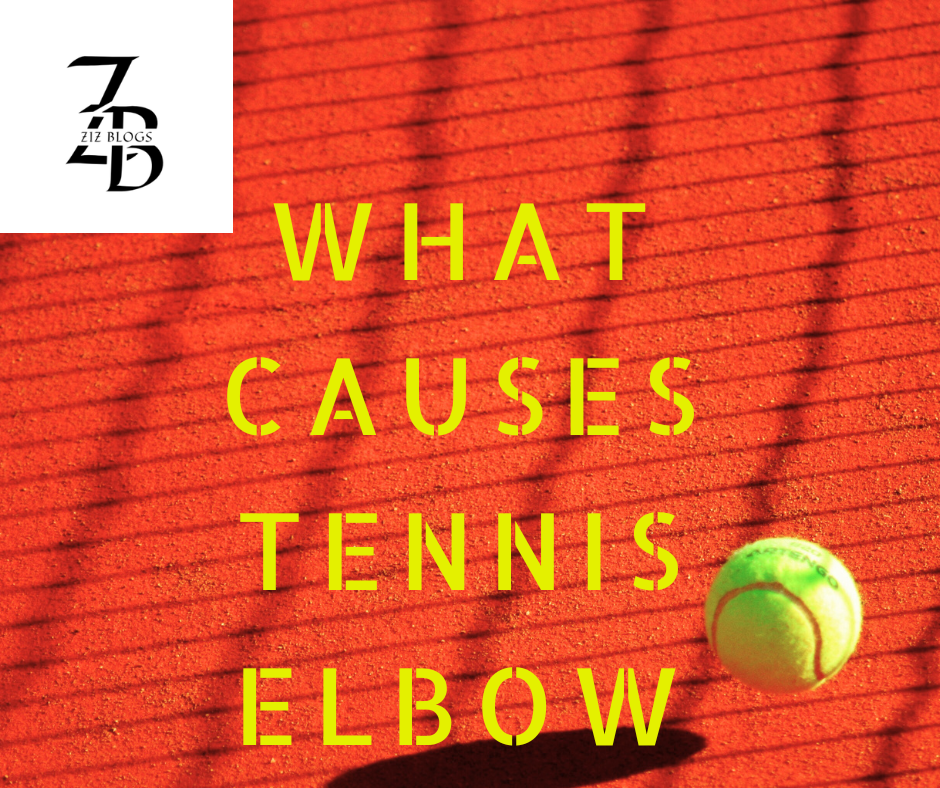What Causes Tennis Elbow?
Understanding the Condition
Tennis elbow, medically known as lateral epicondylitis, is a common condition characterized by pain and inflammation in the tendons that join the forearm muscles to the outside of the elbow. Despite its name, tennis elbow can affect individuals who do not play tennis, though it is often associated with repetitive arm motions. Lets explore What Causes Tennis Elbow?
Anatomy of the Elbow
To comprehend the causes of tennis elbow, it is essential to understand the complex anatomy of the elbow joint. The elbow consists of three bones: the humerus, radius, and ulna, which articulate to facilitate movement. Surrounding these bones are muscles, tendons, and ligaments that work in harmony to enable various arm movements. It can be feel very painful.
Mechanism of Injury
The primary cause of tennis elbow is repetitive stress on the extensor tendons of the forearm, leading to microtears and inflammation. This repetitive strain often results from activities that involve gripping, twisting, or lifting objects, such as playing tennis, gardening, or using tools like screwdrivers or hammers. The injury can be long lasting also. It depends on conditions that How long will tennis elbow last?
Risk Factors
Several factors increase the risk of developing tennis elbow, ranging from occupational hazards to individual lifestyle choices. Understanding these risk factors is crucial for prevention and management strategies.
Occupational Hazards
Individuals whose professions entail repetitive arm motions are particularly susceptible to developing tennis elbow. Jobs that involve frequent gripping, twisting, or lifting, such as carpentry, plumbing, painting, and cooking, can place excessive strain on the forearm tendons, predisposing individuals to this condition.
Age and Gender
While tennis elbow can affect individuals of any age or gender, it is more prevalent among adults aged 30 to 50 years. Additionally, men are slightly more likely than women to develop tennis elbow, though the difference is not significant.
Contributing Factors
Beyond repetitive stress and occupational hazards, several other factors contribute to the development of tennis elbow, including biomechanical issues and lifestyle choices.
Poor Technique
Engaging in sports or activities with improper technique can exacerbate the risk of tennis elbow. For example, tennis players who use incorrect grip sizes or improper swing mechanics may place undue stress on the forearm tendons. Increasing their susceptibility to injury.
Overuse and Training Errors
Overuse of the forearm muscles without adequate rest or recovery time can lead to cumulative trauma. Predisposing individuals to tennis elbow. Similarly, abrupt increases in training intensity or duration can overwhelm the body’s ability to adapt. It can result in overuse injuries like tennis elbow.
Conclusion
In conclusion, tennis elbow is a common condition characterized by pain and inflammation in the tendons of the forearm. While repetitive arm motions play a central role in its development. Various risk factors, including occupational hazards, age, gender, poor technique, and overuse, contribute to its onset. By understanding the underlying causes and implementing preventive measures. The individuals can reduce their risk of developing tennis elbow and maintain optimal arm health.

